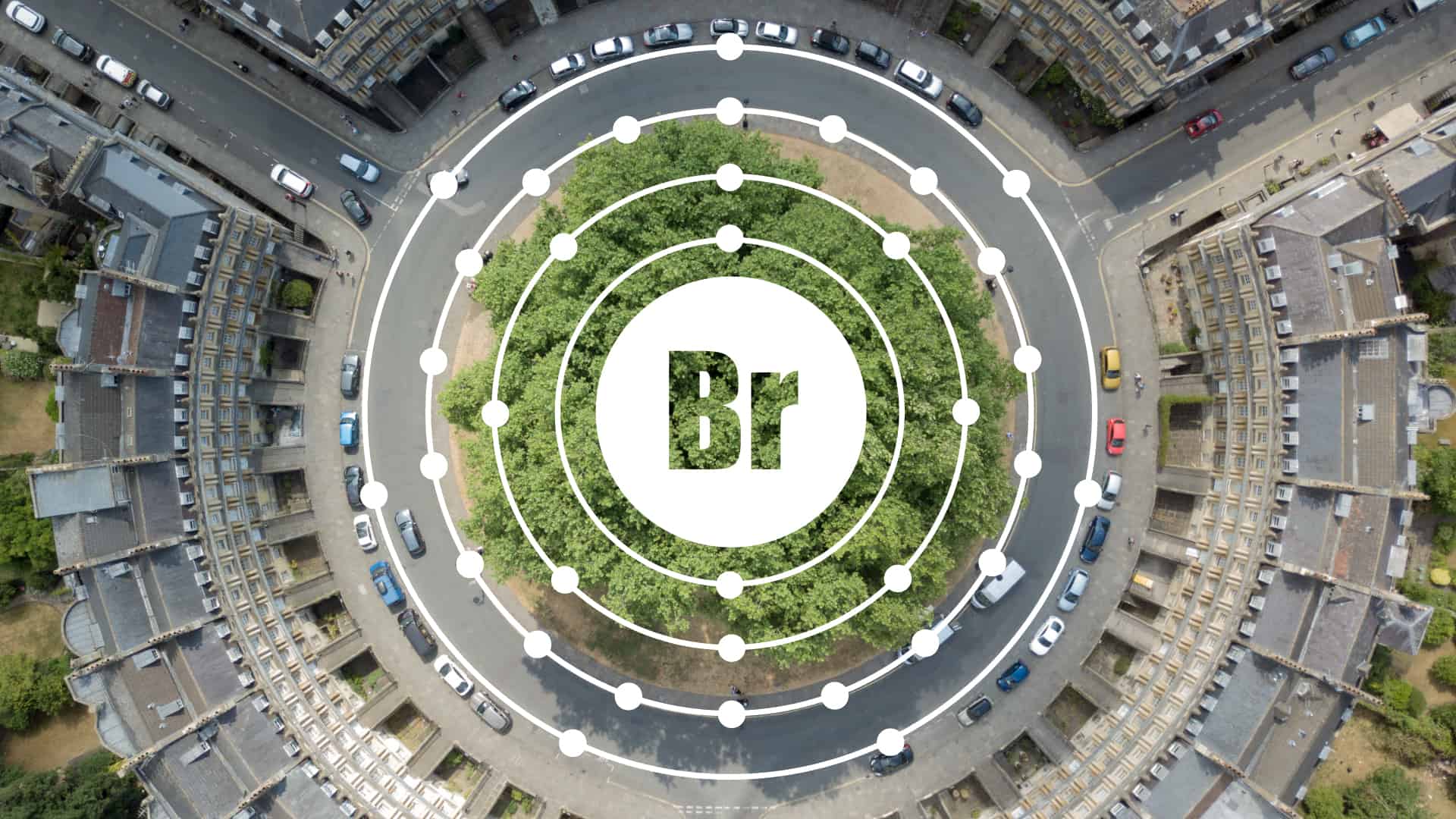
02 Apr How is Bromine a Circular Economy enabler?
The new European Green Deal, with its goal to achieve carbon neutrality by 2050, will change the EU’s economy. The Circular Economy Action Plan will be at the centre of this new sustainability roadmap.. The aim is clear: to transform EU industry from linear to circular and achieve a carbon neutral economy.
The new Circular Economy 2.0 package will not only focus on reducing environmental and social impacts. Instead the EU wants to look at products by taking into consideration their life cycle, from production to waste. To do this the Commission wants to put in place sustainability standards so that by 2030 all products available to European consumers will be circular, and also carbon neutral.
What does this have to do with bromine?
Bromine-based solutions are essential to many advancements in science and technology. Bromine compounds have been used for water treatment, reduction of mercury emissions, fire safety, energy storage and generation, production of pharmaceuticals and enhanced quality rubber.
The use of bromine-based technologies has all the potential to increase the circularity of the EU’s economy. Bromine brings to the table solutions and innovations that are environmentally friendly, safe and that can be used across the whole value chain.
Bromine: the key to sustainable energy
By 2050, it is expected that 9.7 billion people will populate our planet. The amount of (clean) energy needed will drastically increase. Unfortunately, renewable energy has a variable production nature and it is not always consumed when produced.
So, how can we produce and store enough clean energy for everyone? Investing in energy storage is the solution, that’s why the Commission plans to integrate the Circular Economy 2.0 with a new regulatory framework for batteries.
Thanks to innovative energy storage technologies, 40% of the world’s energy could come from wind and solar by 2060resource[1]. Expanding the energy storage capacity will help to fully exploit the expansion of renewable energy.
Bromine-based energy storage technologies are a highly efficient and cost-effective solution that could play a vital role in transitioning towards a new circular economic model. There are many examples of this new model in Europe. For instance, a farm in the Netherlands is currently using bromine-based innovative battery technology to store the energy produced from its rooftop solar system.
Use and reuse – Even with bromine
To be circular, products must also be recyclable. Soon at the centre of the Circular Economy 2.0, the global recycled plastics market is expected to be worth over 45.8 billion euros by 2025[2]!
Products or materials containing brominated flame retardants (BFRs) are fully compatible with today’s integrated waste management options, including mechanical recycling, chemical recycling and thermal processing, depolymerization and gasification – all of which enable the recovery of valuable materials or energy.
New technologies have enabled the recycling of products containing BFRs. For example, the PolyStyreneLoop Cooperative recycles expanded polystyrene waste containing the flame-retardant hexabromocyclododecane (HBCD), helping transform the way the EU designs, uses, produces, and recycles plastic products.
Also, the “Close WEEE Project,” co-funded under the H2020 programme, addresses the range and yields of recovered materials from WEEE streams using the CreaSolv® Process. The project’s results indicate a proof of concept with the separation approach for plastics such as ABS, PS, and BFR/antimony verified in laboratories and on a small technical scale.
The chemical industry has developed eco-efficient waste management options such as chemical recycling, which even allows bromine to re-enter the circular economy as a valuable resource[3]. These innovations in the chemical sector are great assets to the circular economy.
Water 2 Water
One of the most ambitious aspects of the Circular Economy 2.0 is the need to enable the circular use of water. The action plan aims at facilitating water reuse while ensuring the sustainability of water management.
Used in water treatment since the 30s, bromine chemistry can efficiently disinfect water from harmful contaminants. Bromine compounds have many available applications as disinfectants. Investing in bromine-based solutions could help improving the rate at which the EU industry recycles water while increasing the quality of industrial water discharge.
Bromine-based products are also ideal for water treatment in pools and public fountains. They are widely used in spas and hot tubs to kill bacteria and help naturally sensitive skins. Think about that next time you need to relax!
BSEF supports the transition to a circular economy and strongly believes bromine technologies can help responding to global needs for maintaining clean water, and to meet increasing consumer demand for sustainable products.
Sources
[1] https://recyclinginternational.com/plastics/billions-to-be-made-in-the-plastics-recycling-sector/29403/
[2] https://lets-talk-bromine.bsef.com/2019/12/10/role-brominated-flame-retardants-electric-electronic-appliances/
[3] https://lets-talk-bromine.bsef.com/2017/09/07/bromine-as-energy-storage-enabler/




No Comments